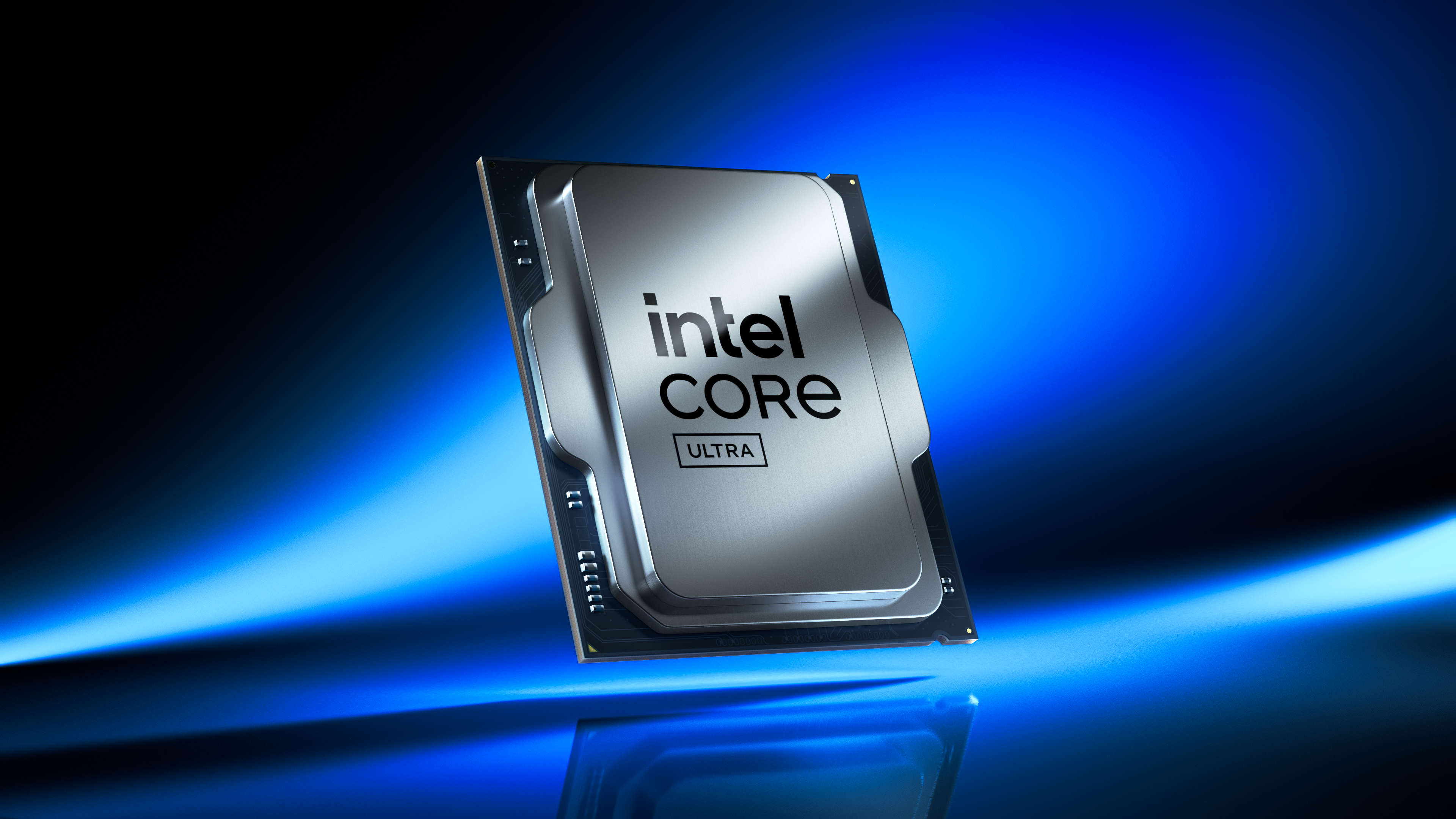I added this mini projector to my home gaming setup, and it's a game-changer
Mini projectors give you a big gaming experience
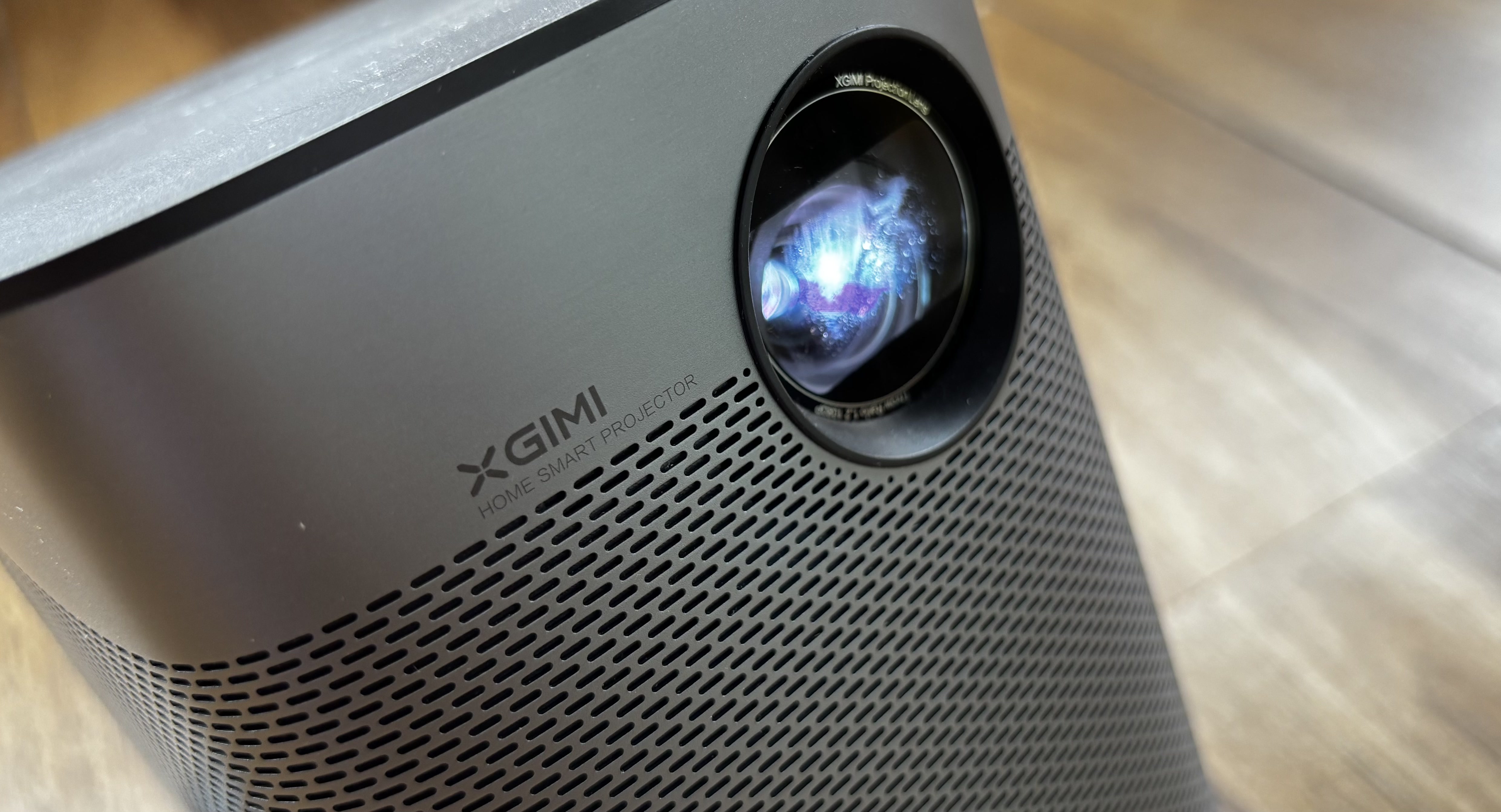
Tell me if this sounds familiar: the minute you step into a movie hall, you wish you could game on such a vast screen. As a longtime casual gamer, I’m no exception, and I’ve always wondered what it would be like to play through cinematic storylines like The Last of Us on a canvas more immersive than my 43-inch television. Could mini projectors be the solution?
A few years back, outfitting my living room with a projector would have been unthinkable. Not only did these machines used to be bulky and cumbersome to set up, requiring drilling a mount into the ceiling — which my landlord would never OK — but they were also expensive. Their image quality was poor and nearly unusable in the daytime. Besides, as my partner once pointed out, their boxy, plasticky design would’ve looked out of place in my modern bohemian apartment.
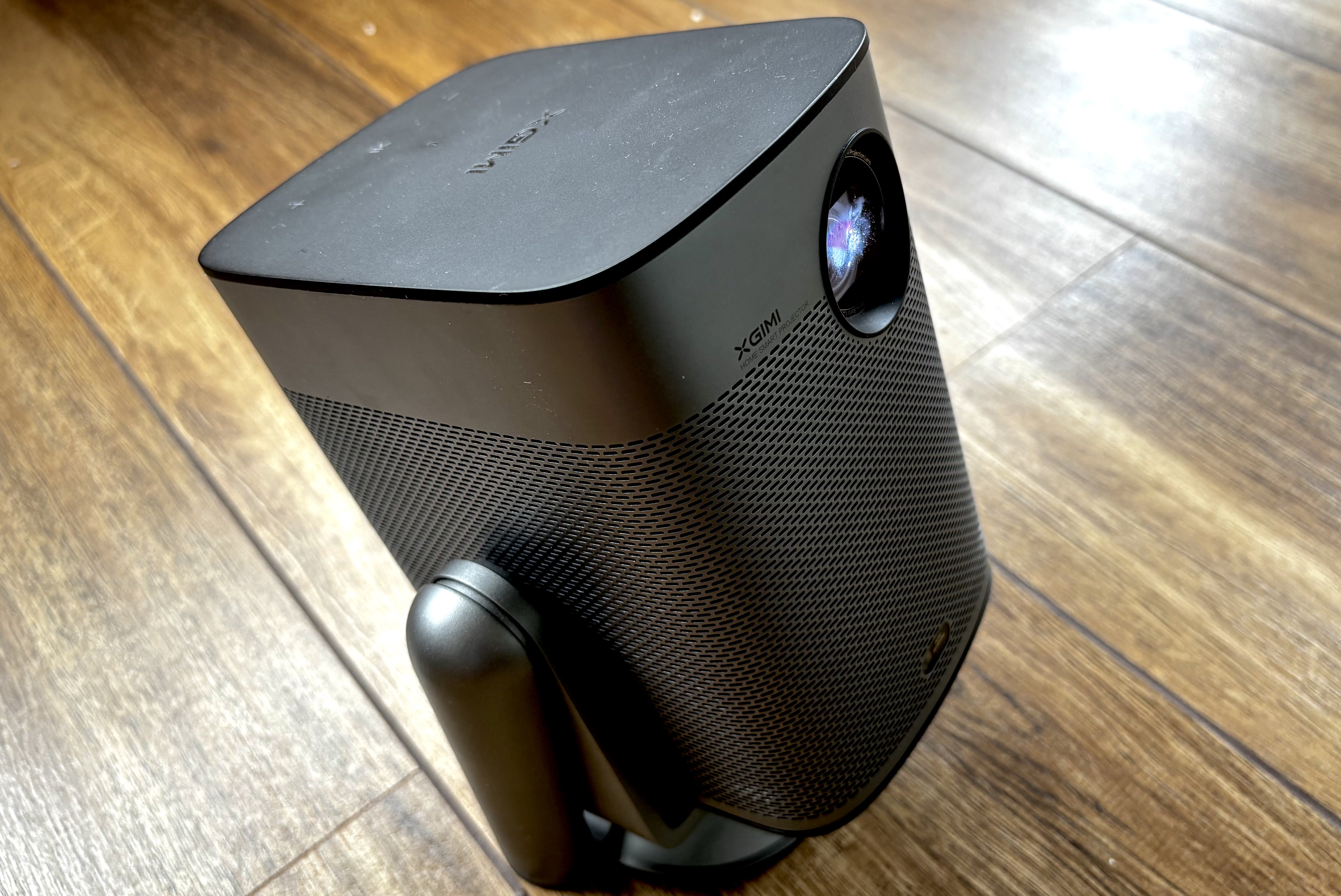
These tiny projectors are a huge upgrade
However, as I learned over the last few weeks, mini-projectors overcame these challenges. I’ve been testing a range of portable projectors from LG, BenQ, Xgimi, and Samsung, and they take all the hassle out of the process. All you have to do is position them, power them on, and in seconds, they’ll automatically detect and adjust an image as wide as 200 inches at up to a 4K resolution on the wall in front of them -- no white screens or screwdrivers needed. But it wasn’t until I plugged in my PlayStation that I realized I could never go back to entertainment on traditional displays.
Mini projectors like Xgimi’s Halo Plus are no bigger than a shoe box and weigh about as much as a MacBook Pro. Some, like Anker’s Nebula Capsule, are even as small as a can of soda. Yet, I was surprised to discover how much tech they manage to squeeze in.
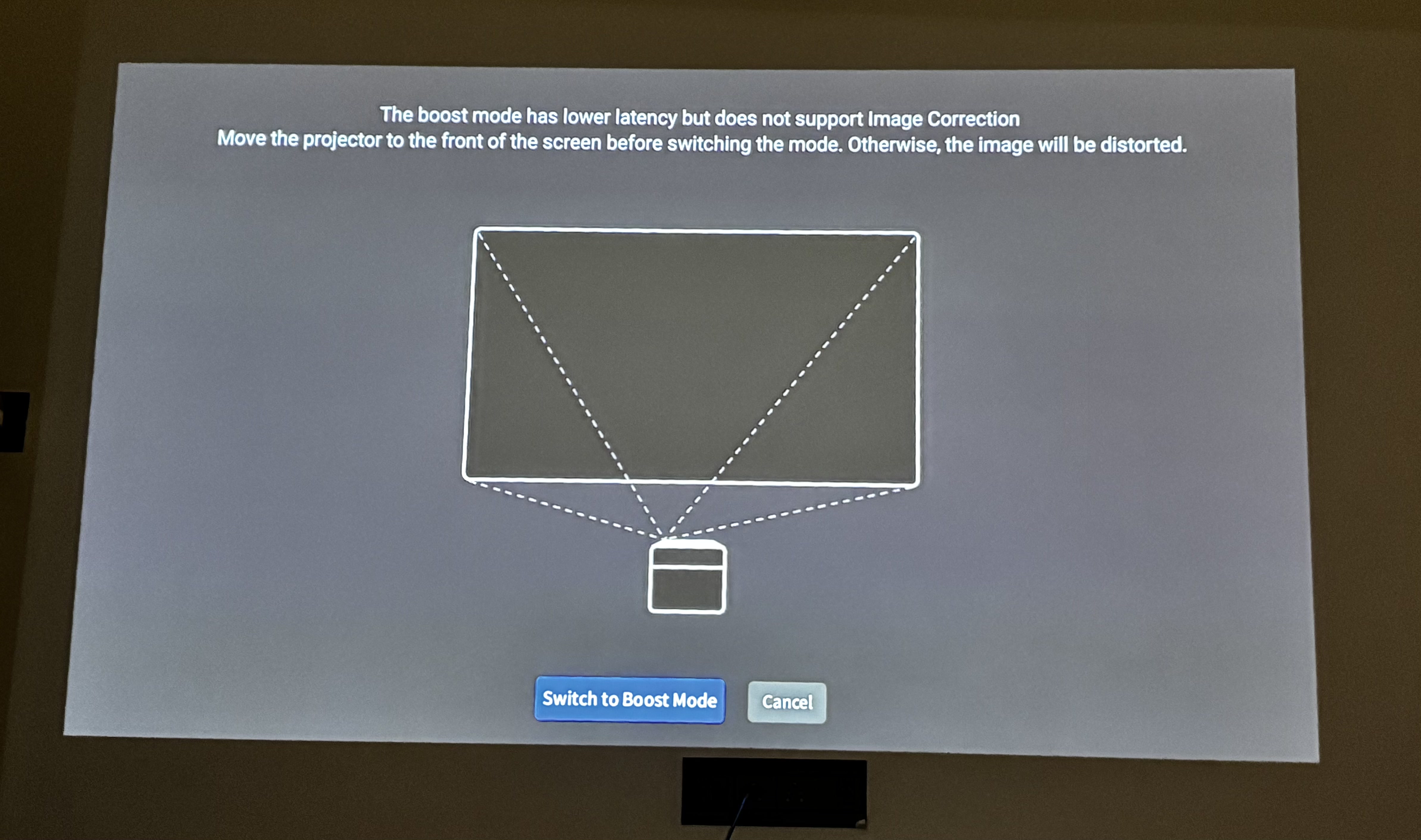
Portable projectors are so easy to use now
The highlight of the Halo Plus is its ability to adapt to any environment. It doesn’t matter where I place the projector, nor do I have to spend time fiddling about the ideal distance. With the help of features like auto keystone correction, most portable projectors, such as LG’s CineBeam Q and the BenQ GV31, can automatically adjust the projection’s angle and size so that it looks like an even, rectangular projection.
What was especially handy was that they could also intelligently frame the screen around objects on the wall, such as a clock or a wall socket, to ensure it didn't overlap. Earlier, in the case of projectors, information on the bottom corners, such as player tags on FIFA, would routinely appear fuzzy or cut altogether due to an obstacle.
Companies like Xgimi and BenQ have also done a brilliant job of getting the most out of their portable projectors’ compact bodies. Stereo speaker grilles dominate the design, eliminating the need to pair external audio devices, and when you don’t need anything projected, they double as regular Bluetooth speakers. BenQ GV31, for example, is even equipped with a dedicated 8W subwoofer chamber. They also support most of the latest audio standards, including Dolby Audio.
Stay in the know with Laptop Mag
Get our in-depth reviews, helpful tips, great deals, and the biggest news stories delivered to your inbox.
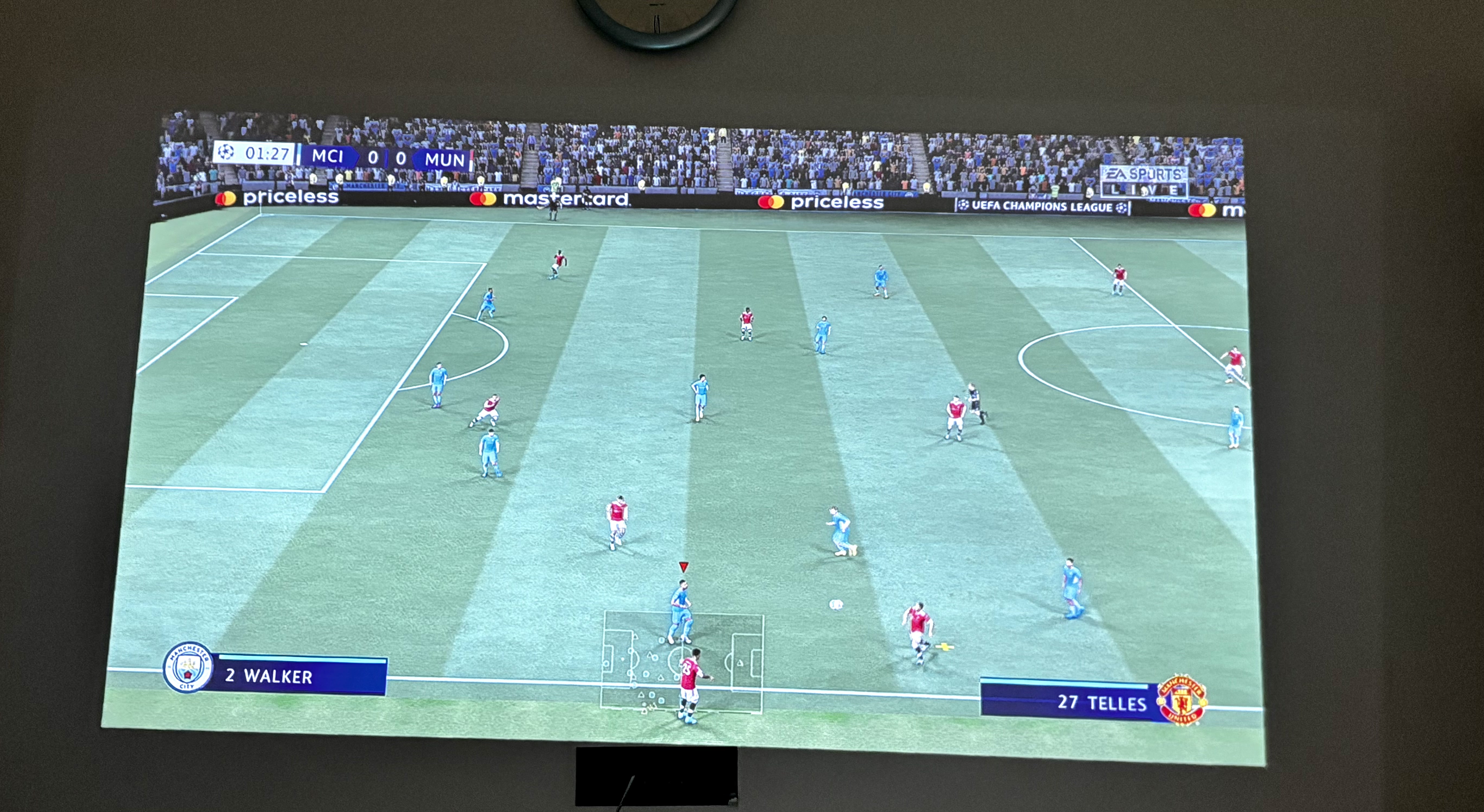
One crucial setting when gaming on a projector
While gaming, I typically switched to the game mode many mini projectors like the Xgimi Halo Plus and LG CineBeam Q have. It significantly reduces the input latency (~30ms) without affecting the picture quality. Speaking of which, despite their puny sizes, I was pleasantly surprised with the projections. Whether it's video games or movies, 100-inch images are sharp and bright enough to be visible even in the daytime as long as there's no direct light on them, and thanks to HDR support, dark scenes in titles like Ghost of Tsushima weren't compromised either.
In addition, the projectors I tested, like the BenQ GV31 and Halo Plus, offered unique designs and external stands that let me easily switch projection angles and point them to, say, the ceiling. I spent hours exploring Midgard's mystical forests in God of War: Ragronok while lying in bed at night.
By far, though, the perk I used the most was the Halo Plus' built-in batteries. It lasts at least two hours without being tethered to a socket. It proved ideal for outdoor Nintendo nights, where I hosted a group of friends in my backyard.
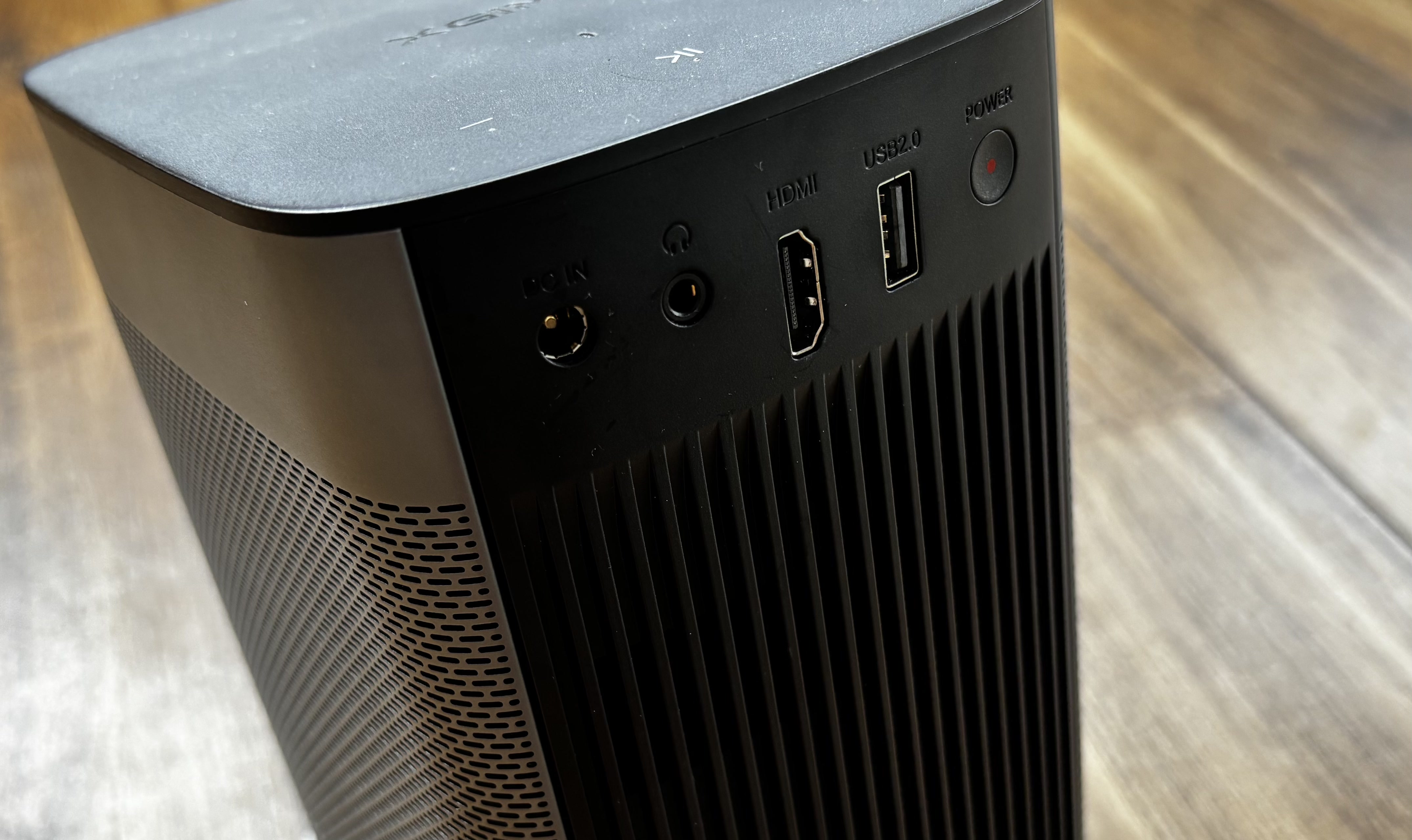
Projectors aren't perfect, but they made my big-screen gaming dreams a reality
While with most projectors, I plugged in a separate gaming device like a Nintendo Switch or a PlayStation through the HDMI port, some, such as the Samsung FreeStyle, also have native cloud gaming support. So all you need is a controller, and you can fire up Xbox Cloud Gaming to start gaming immediately.
The experience wasn’t spotless, however. Sometimes, especially during the daytime, mini projectors can struggle to determine the correct brightness levels and project an unusable, faded picture. While I could dig into the settings to manually fine-tune the image quality, it can take a while with the bundled, TV-like remote. When I’m just looking to play a quick session, a projector can’t match the convenience of a monitor or a standard TV. At the same time, mini projectors are the closest I’ve gotten to playing video games in a movie hall — minus the typical hassles, and for that alone, they have felt worth the price. Most are also more affordable than high-end televisions or gaming monitors.
MORE FROM LAPTOP MAG
- How Intel's Lunar Lake iGPU could be a big win for handheld gaming PCs
- Best laptop 2024: 10 best laptops tested and rated
- Best gaming laptops 2024
Shubham Agarwal is a freelance technology journalist from Ahmedabad, India. His work has previously appeared in Business Insider, Fast Company, HuffPost, and more. You can reach out to him on Twitter.
